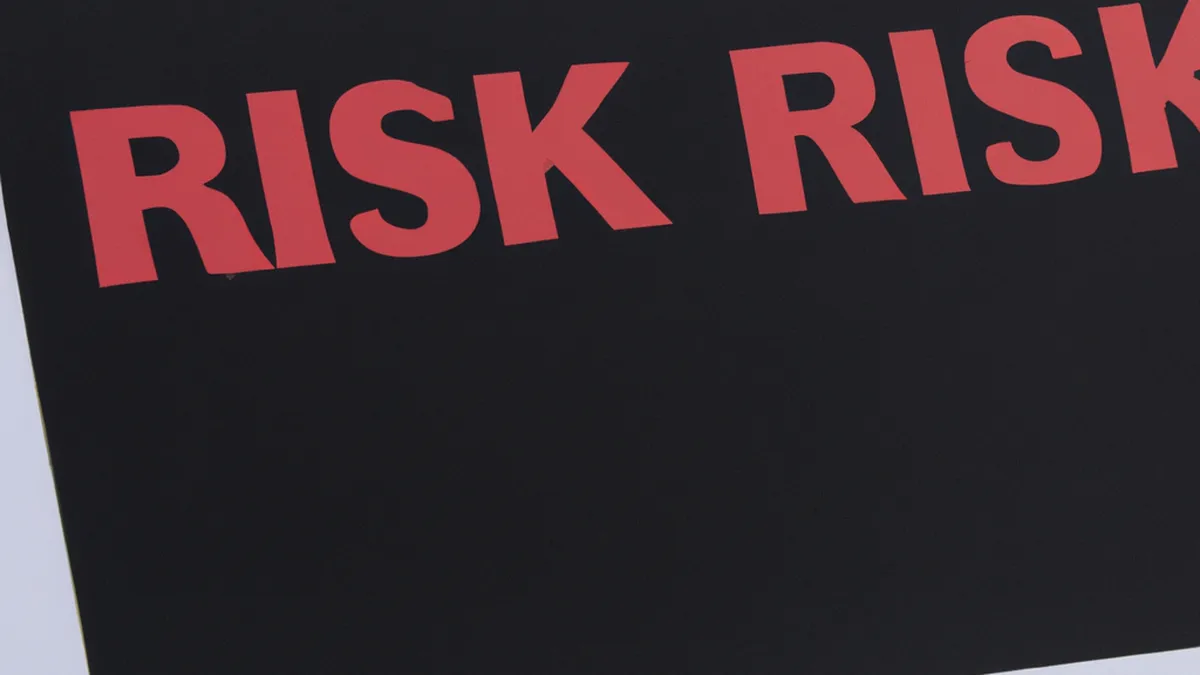Minimizing Injury Risks in Youth Sports Camps
Identifying and Mitigating Risks in Sports Camps
Sports camps allow children and teens to play, develop skills, and grow. Camp organizers hold the responsibility to ensure safety and well-being. Running a sports camp involves risks that can lead to injuries and accidents. This blog outlines how to identify and mitigate these risks effectively.
Understanding Common Risks
Physical Injuries
Physical injuries pose the most significant risk at sports camps. Injuries can range from minor sprains to severe fractures or concussions. Millions of children sustain injuries in sports each year. Camp organizers must understand potential injuries, including:
– **Sprains and Strains**: These often result from overexertion or improper technique.
– **Fractures**: High-impact activities or falls can cause these injuries.
– **Concussions**: Contact sports frequently lead to head injuries.
Weather-Related Risks
Weather can create significant challenges during sports camps. Extreme heat can cause heat exhaustion or heat stroke. Thunderstorms introduce dangerous conditions for outdoor activities. Lightning strikes can be fatal, so camp organizers must monitor weather closely. Adverse weather can result in:
– **Heat-Related Illnesses**: Children often suffer from dehydration and related conditions.
– **Injuries from Severe Weather**: High winds or lightning can lead to accidents.
Equipment Failures
Equipment is vital for sports camps, but faulty gear can cause accidents. For example, a broken basketball hoop can lead to injuries. Regularly inspect and maintain equipment to minimize risks. Equipment failures can lead to:
– **Accidents**: Broken equipment can cause falls or injuries.
– **Disruptions**: Equipment issues can halt activities and reduce effectiveness.
Tips for Risk Identification
Conduct Regular Assessments
Regular assessments help identify risks before they escalate. Use a checklist to evaluate facilities, equipment, and staff readiness. This proactive approach addresses concerns early, reducing injuries. Key areas to assess include:
– **Field Conditions**: Check for hazards like holes or uneven surfaces.
– **Equipment Safety**: Inspect all sports gear for wear and tear.
– **Facility Safety**: Evaluate the safety of bathrooms, water stations, and emergency exits.
Involve Staff in Risk Management
Engage your staff in identifying and managing risks. Their insights can improve safety measures.
Conclusion
Identifying and mitigating risks ensures a safe and enjoyable experience for all participants at sports camps.
Below are related products based on this post:
FAQ
What are the most common physical injuries that occur at sports camps?
Physical injuries at sports camps can range from minor sprains and strains to more severe injuries like fractures and concussions. Understanding these potential injuries is crucial for camp organizers to implement effective safety measures.
How can weather impact the safety of sports camps?
Weather-related risks, such as extreme heat and thunderstorms, can significantly affect safety at sports camps. Heat-related illnesses like dehydration are common, while severe weather can lead to dangerous conditions, including accidents caused by high winds or lightning strikes.
What steps can camp organizers take to mitigate equipment-related risks?
To mitigate risks associated with equipment failures, camp organizers should conduct regular inspections and maintenance of all sports gear. This proactive approach helps prevent accidents caused by broken or faulty equipment, ensuring a safer environment for participants.















Post Comment